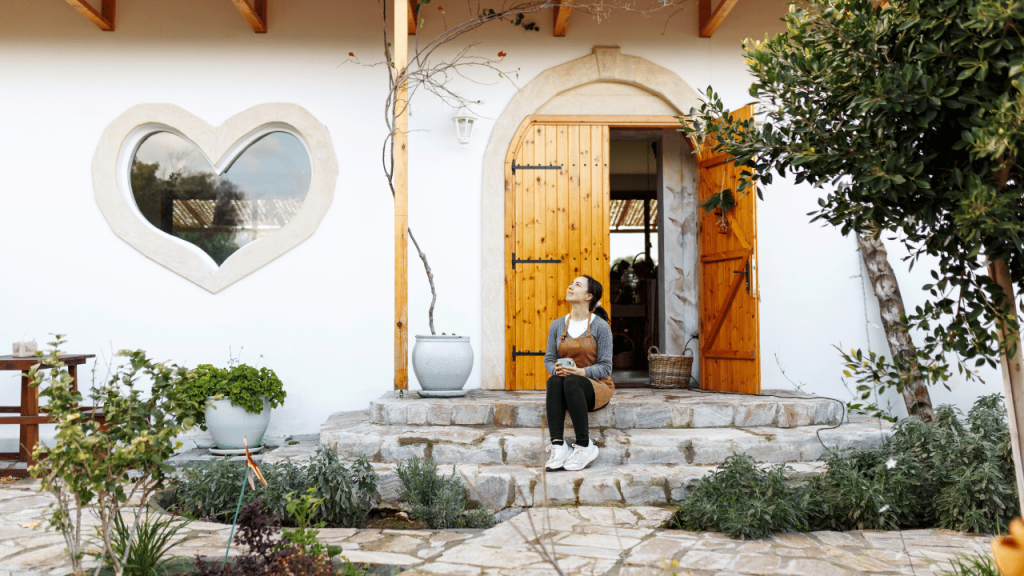Home flipping has been popular in the UK for a long time, where buyers purchase homes to renovate and sell at a profit. But what about in Spain? Is flipping homes in Spain possible and profitable, and how does it compare to the UK?
Let’s break it down.
If you’d prefer to watch the video, click the pic below
In the UK, home flipping can be a lucrative business, especially in cities where property prices are on the rise and there’s a high demand. And there are TV shows all about it too, with lots of people buying properties to do up and sell for a profit.
In Spain, the process is similar, but there are some unique factors to consider—particularly when it comes to taxes, costs, and market conditions.
One of the first things to be aware of is the additional costs involved in purchasing property in Spain. There are taxes and fees that can significantly impact your profit margins.
In Spain, when you buy a property, you’ll need to pay a property transfer tax. This tax varies depending on the region, typically ranging from 6% to 10% of the property’s value.
Then there are notary fees, land registration costs, and legal fees, which can add another 1% to 2% on top of that. And you might want to hire an architect to survey the property as well.
Some say it’s best to estimate the total fees and taxes can be up to 15% of the property value. Although that’s really playing it safe. And then when it comes time to sell, any profit you make could be subject to capital gains tax, similar to the UK.
Capital gains tax in Spain ranges from 19% to 28%, depending on how much profit you make. So, it’s important to factor that in when calculating your potential profits.
Beyond taxes, there are other costs to consider when selling a property. Estate agents in Spain usually charge a commission of around 3% to 6% plus VAT, and if you use a lawyer to handle the transaction, you’ll need to pay additional legal fees.
These costs can quickly add up, making it essential to do the maths before you buy. If the profit margin after renovations, taxes, and fees isn’t high enough, flipping a home might not be worth the effort.
Next up is the cost of renovations. In Spain, labour and materials can vary in price depending on the region. In cities like Madrid or Barcelona, contractor rates may be higher, while in more rural areas, costs could be lower. Either way, unexpected expenses during the renovation process can impact your bottom line.
Renovation projects often come with surprises—hidden structural issues, outdated wiring, or plumbing that needs to be replaced. Having a solid renovation budget with a buffer for unforeseen costs is crucial.

One of the key aspects of successful home flipping is timing and market research. Like in the UK, certain areas in Spain see rising property prices, especially in popular cities and tourist destinations.
Major cities like Madrid, Barcelona, Malaga, and Valencia are always in demand, making them prime spots for property investment. The Costa del Sol and other coastal regions are also popular with international buyers, which can drive up prices and create flipping opportunities.
But it’s important to remember that Spain’s real estate market can be unpredictable, and some areas have slower price growth or even stagnation. Unlike the UK, where housing demand can be more consistent across regions, Spain has more variation between its cities and rural areas.
Another factor to consider is how long the property might be on the market. In some areas, homes can sell quickly, but in others, properties may take months or even years to sell. During this time, you’ll still need to cover ongoing costs, such as property taxes, utilities, and maintenance.
This is particularly important in Spain, where property transactions can sometimes take longer than expected. Ensuring that your budget accounts for these potential holding costs is key to staying profitable.
So, is home flipping in Spain as possible and profitable as it is in the UK? The answer depends on several factors: understanding the local tax system, accurately estimating all costs, and carefully choosing the right market. In Spain, some areas offer excellent opportunities for flipping, while others may present more challenges.
Here are a few tips if you’re considering flipping homes in Spain:
- Research Taxes: Know the property transfer tax, capital gains tax, and other local taxes before buying.
- Choose the Right Area: Focus on markets with rising property values and high demand, such as major cities or tourist destinations.
- Budget for Renovations: Include a buffer for unexpected renovation costs, which are common in older properties.
- Consider Long-Term Costs: Be prepared for properties that may take longer to sell, and factor in the costs of maintaining the property during this period.
- Work with Professionals: Hiring a real estate agent and lawyer who understands the local market can help navigate Spain’s real estate laws and regulations.
With the right strategy and market knowledge, flipping homes in Spain can be a profitable venture, but it’s essential to understand the unique costs and market dynamics compared to the UK.
From taxes and fees to renovation and market research, success in home flipping requires careful planning and smart decisions. But if you’re prepared to research properly and navigate Spain’s real estate landscape, you could turn a profit on your next investment.
If you’ve gained some insights from this article, why not buy me a coffee!
Peace & Love.
Peas & Fluff.
Let’s dance!
Article by Skatz











0 Comments